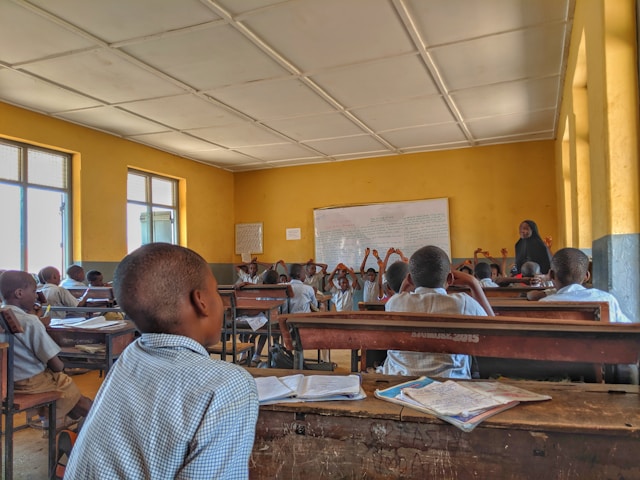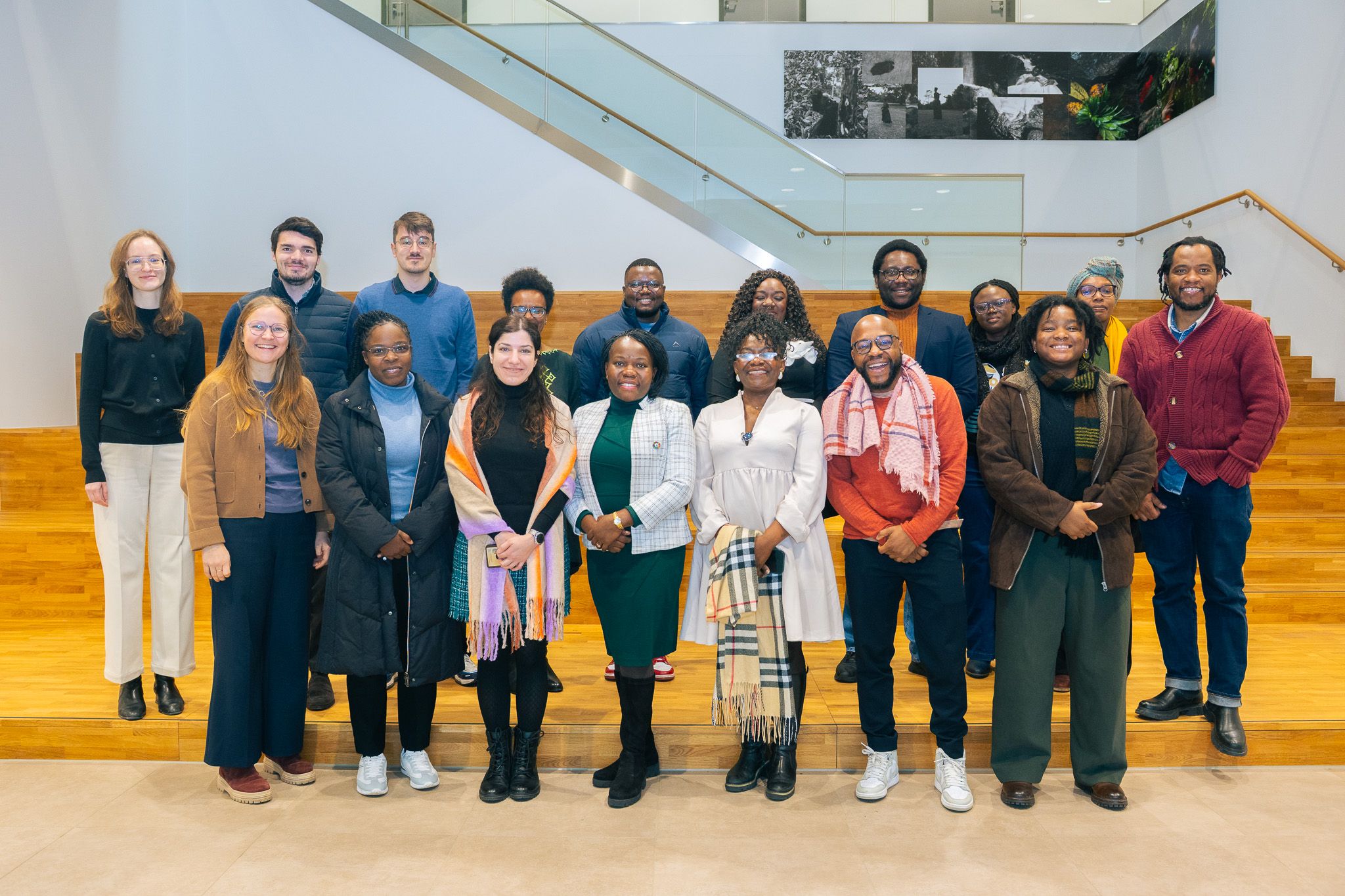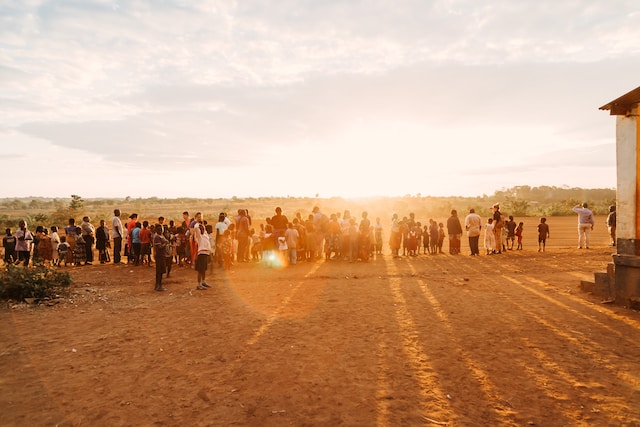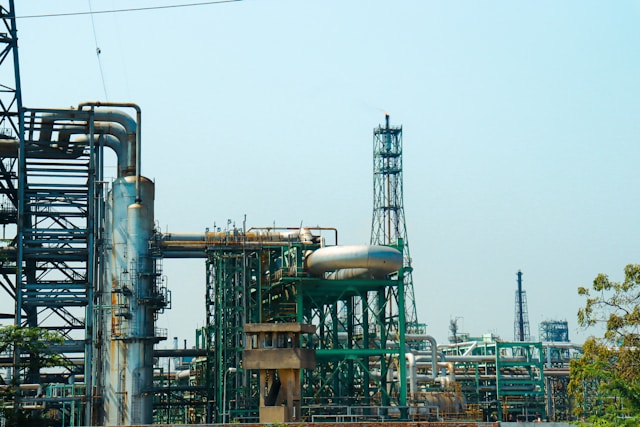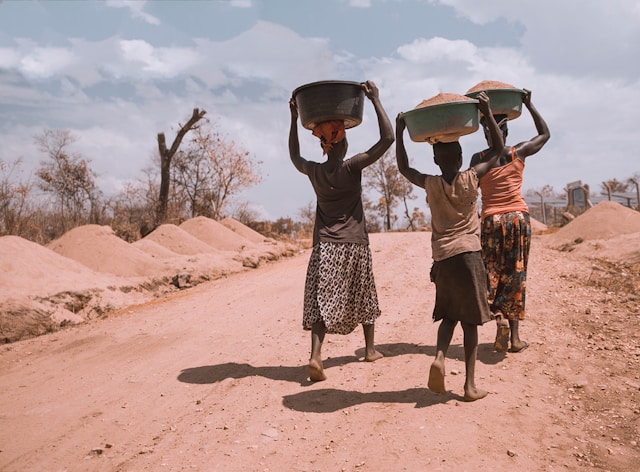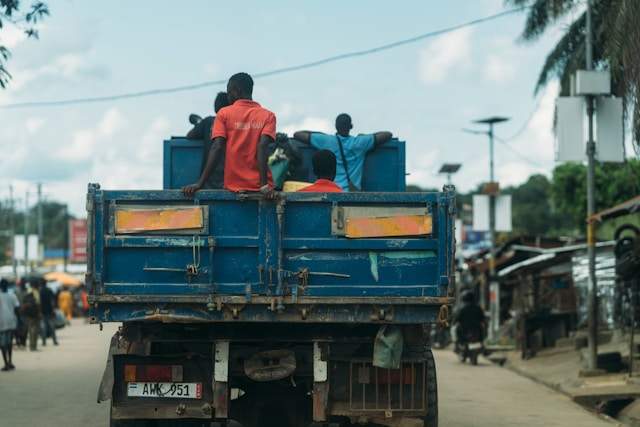- The Poem as Feeling: Belonging and Discomfort
I wrote the poem Robes Rob Us in a moment when my mind was clouded by the pressure of completing my PhD journey. It was during a conference on ‘Belonging and the Law as Relational Praxis’[1] at the Chair of African Legal Studies, a space where one would be expected to speak in the familiar…
- Between Human Rights Law and African Literature: Interview with Grace A. Musila
Introduction This interview was conducted during a conference hosted by the Chair of African Legal Studies (26 – 28 November 2025) at the University of Bayreuth, marking the culmination of the four-year research project “Intractable Problems of Human Rights”, which particularly focused on the issues of child labour, LGBTIQ+ and Human Trafficking on the African…
- Law and Belonging in the Context of SOGIESC Rights: The Case of South Africa
Introduction Belonging is not visibility, and it is not law on paper. It is the ability to live without fear, to move in public without calculating risk, and to express oneself without anticipating punishment. [1] For people whose Sexual Orientation, Gender Identity and Expression, or Sex Characteristics (SOGIESC) fall outside dominant norms, belonging is often…
- Investment and Investor Protection in Somalia
Introduction With Somalia’s accession to the East African Community (EAC), the internal market of this community is also becoming increasingly attractive for foreign investments. A common market with over 300 million populations is developing, and there is not only a common internal market. It also has an excellent strategic location from the Indian Ocean to…
- The East African Community: Past Experiences and Lessons for the Future
Introduction The East Africa Community (EAC) is one of the oldest regional economic blocs in the world.[1] Uganda, Kenya, and Tanzania, as members of EAC, had a customs union as early as 1927.[2] While this regional bloc collapsed in 1977, it was re-established in 2000 and grew from three to eight countries, including Uganda, Kenya,…
- The Legal Analysis of Community Rights in Environment Decision-Making in the Federal Republic of Somalia
Introduction People often feel hopeless and powerless to protect the environment, themselves, their families and their individual rights. However, through the creative use of the law, a number of notable successes for the environment and people have been recorded in many countries.[1] Environmental decision-making in Somalia stands at the intersection of legal, social, and environmental considerations, with…
- How African countries are managing the potentially catastrophic risks of just transition through the investment regime
Introduction Foreign investment has long been an important policy tool for countries seeking to transform their economies. The international investment regime—comprising treaties and institutions—has supported this objective by creating policies to attract and protect investment. For developing countries, foreign investment plays a particularly crucial role in alleviating poverty, generating employment opportunities, and fostering economic…
- The Fate of the SADC Tribunal After Zimbabwe’s Recent Move to Compensate the FTLRP Affected White Farmers
Introduction On 12 February 2025, the Finance Minister of Zimbabwe announced that the government of Zimbabwe intends to compensate 94 former farmers who were affected by the ‘Fast Track Land Reform Programme’ (FTLRP). Such farmers include the nationals of the United Kingdom (UK), Switzerland, Denmark, Germany, the Netherlands, and the former Yugoslavia. [1] This is…
- A Court Left Behind: How Parallel DRMs are Undermining Regional Integration in the EAC
The EACJ in the Shadows of Integration The process of regional integration presents a range of challenges and contentious issues. Those include, matters related to elimination of customs duties and Non-tariff barriers (NTBs), tariffs and other Charges Having Equivalent Effects (CHEEs), Quantitative restrictions or measures having an equivalent effect to quantitative restrictions (MEQRs), among others.…
